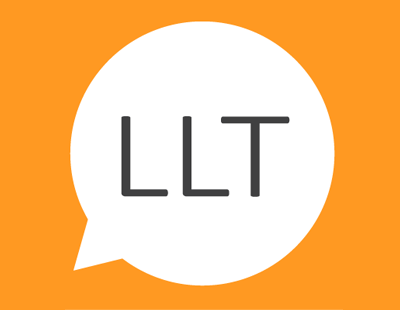A property crowdfunding website has claimed that “traditional” buy-to-let could become unprofitable in seven out of 10 UK towns and cities if interest rates rise by just 2.5% over the next four years.
Property Partner says that by 2020 the average investment property could be making an annual loss of £325 if interest rates go up.
The property crowdfunding platform looked at more than 100 of the largest towns and cities in the UK, to see what impact interest rate rises, coupled with the changes to mortgage interest tax relief, would have on local buy-to-let markets. By 2020, buy-to-let investors will have lost higher rate tax relief on their mortgage interest payments.
Property Partner’s researchers took an average property, let out at a rent typical of the area in each of the towns and cities studied. They then assumed the property was mortgaged with a 60% LTV buy-to-let loan, fixed for three years at 3%.
Taking the country as a whole, the average annual net profit would be £3,419 today, but would fall to £2,555 by 2020, even if rates remained at 3%, as a result of the phasing out of mortgage interest tax relief. That’s an average drop of £864.
But the figures are even starker if interest rates were to rise 2.5% by 2020, with the same average buy-to-let making a loss in more than two thirds (69.8%) of towns and cities, with an average loss of £325 per year.
Which towns and cities will fare the worst? In Salisbury, buy-to-let landlords currently make an average annual profit of £2,200. By 2020, with both a cut in mortgage tax relief and a modest 2.5% rise, they will feel the full impact with debts mounting to £2,984 per year – that is a swing in fortune of £5,184.
In Cambridge and Winchester, the reverse in fortune would be even greater, with healthy profits turning into hefty losses. In Cambridge, the average profit today is £4,257 but would plummet into the red with a £2,418 annual loss in 2020. Similarly, in Winchester, an annual profit today of £5,835 would be wiped out, and landlords would be facing an annual debt of £2,169.
The figures also reveal that 11 out of the 20 towns and cities worst hit by the changes to mortgage interest tax relief and a 2.5% rise in interest rates are in southern England. Also, less than one in five (19%) UK towns and cities will make a net rental profit of more than £100 per month.
But despite the challenges ahead, many buy-to-let investors are rushing to complete on new property purchases, to avoid April’s 3% stamp duty surcharge, according to the Royal Institute of Chartered Surveyors (RICS).
Dan Gandesha, CEO of Property Partner, said: "The phased withdrawal of mortgage interest tax relief will be felt across the country, but add in a modest interest rate rise, and many investors will see their rental profits completely wiped out.
“When you factor in April’s stamp duty hike on new property purchases, it’s clear that direct investment in buy-to-let no longer adds up. Traditional landlords from Land’s End to John O’Groats need to face up to the stark reality. In a few years, the whole structure of the UK housing market will have changed.”
We're excited to announce that we're working on building a shiny new website for readers of Landlord Today! As part of this process, commenting on articles will be temporarily disabled. We look forward to sharing our new and improved Landlord Today website with you shortly!





.png)

(1).png)





